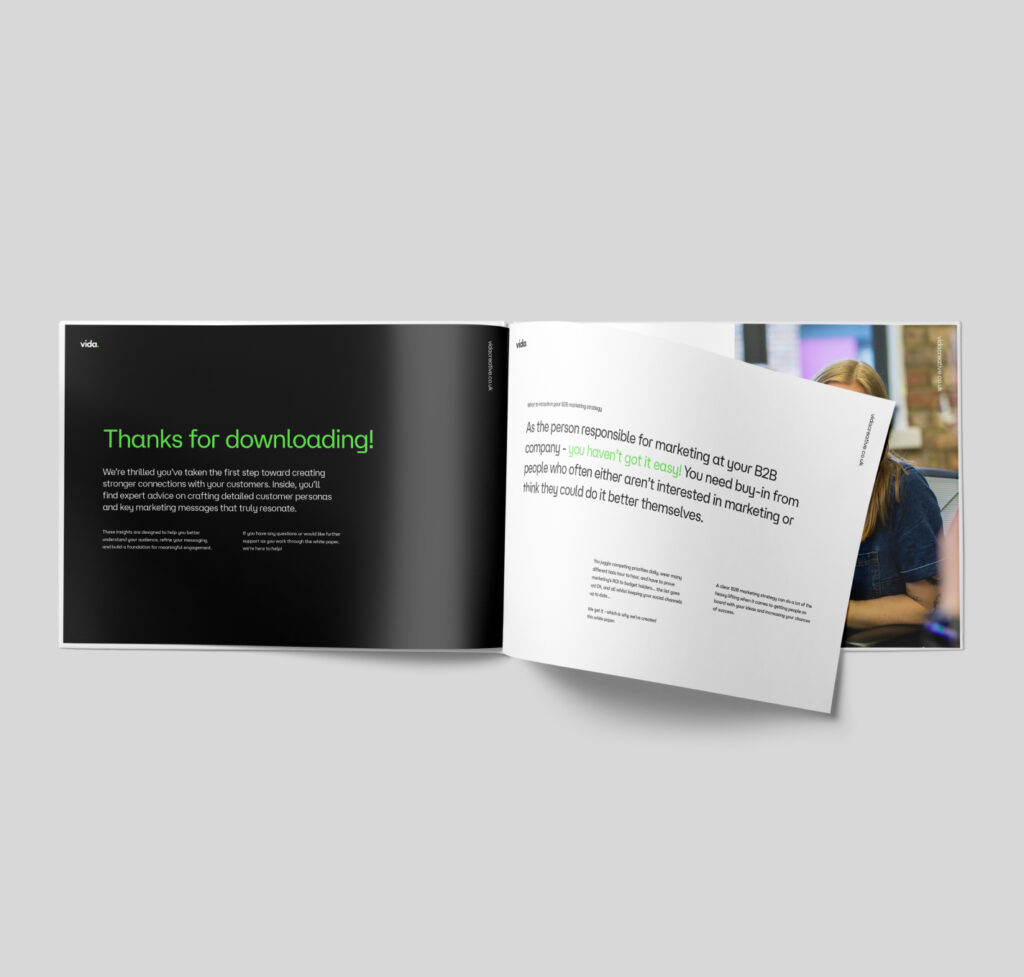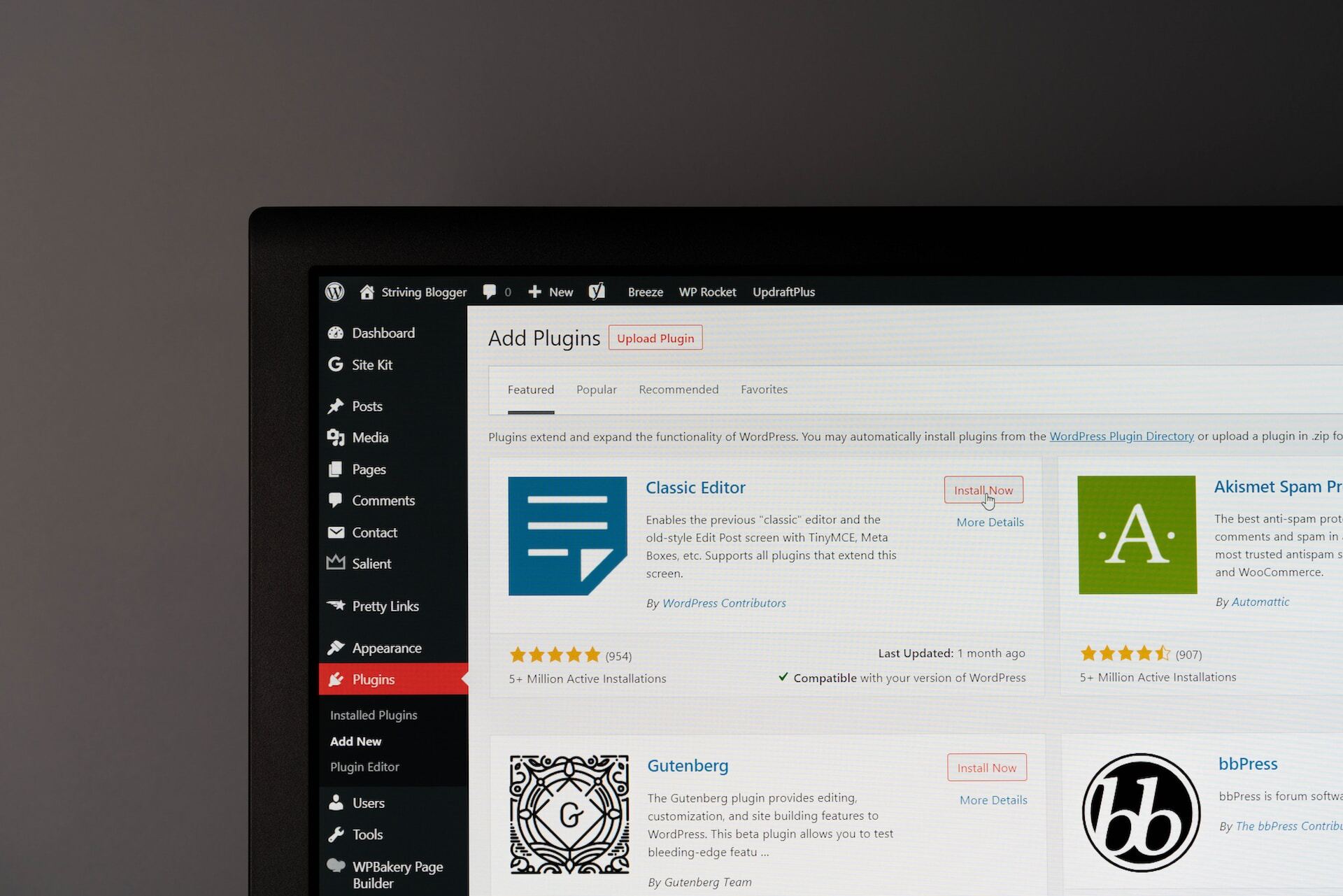So, you’ve launched a fancy new website, great. But what do you do now?
You might be thinking ‘my work here is done’. And if your new website’s technical SEO has been taken care of along with SEO-optimised copy, it will do some of the basics for you like showing up in Google.
But for a website to perform at its best longer-term, use this checklist to stay on top.
Let it bed in
This sounds contradictory to what we’ve just said, but immediately after ‘go live’ give your site time to be properly indexed by Google and other search engines. This can take up to a week on average. Commonly updated websites are crawled more often, and new websites can take up to 30 days.
Once your pages are crawled, identify any issues preventing them from ranking highly. There are countless SEO software options that highlight improvements you should make to boost your Google position.
Monitor traffic and conversions
Next up, monitor your traffic and conversions. Set up goal conversions in Google Analytics based on the actions you want people to take, so you can track success.
When people convert, look at where these users are coming from e.g. from social media, email campaigns or referral websites. Once you have this down (you should track this until you have a decent amount of data to identify user behaviour patterns), optimise your marketing campaigns to increase conversions in the areas where your audience is most engaged.
List the wider keywords to target
Assuming your site is already optimised for your ‘core’ keywords (e.g. service offering or products) it’s time to look at other terms you could use to attract people to find out about you.
Do some keyword research to identify more relevant words and phrases that your audience is searching for that you could target. This exercise will give you inspiration for content and campaigns you can run too (which will also bolster your SEO).
Track how people use your site
Use analytics to track the customer journey through your website. What are people engaging with most? Hotjar is a brilliant piece of software that shows you this. It monitors how people interact with your content and creates heat maps to show what works and what doesn’t on your pages. For example, if most people are leaving your page before getting to the contact form, move it up to encourage more enquiries. Or if people are scrolling past your call to action (CTAs), try changing the copy or design so it’s more attention-grabbing.
Update your content
Google loves fresh content. The more you update your website, the more often it will be crawled and indexed in search engines. Keep your blog updated with optimised news articles and posts to improve SEO performance. If you’re struggling with ideas, take to social media to see what’s trending in your industry, look at your competitors, or go back to your marketing personas and create content that relates to their pain points or interests.
Check for any broken links
Broken links negatively impact your search engine rankings, so regularly check for them and fix them promptly. You can find broken links using Google Search Console or there are lots of plugins you can install in your website’s content management system (CMS).
Of course from a user perspective, clicking on a broken link is frustrating and leads to a poor user experience. Not good for your credibility. So this will improve your site performance on multiple levels!
Do regular back ups
Regular website backups are essential for maintenance and security. Backups can also be used to restore your website in the case of a data loss or security breach. So if you’re not already doing this, speak to your website maintenance company now.
Other steps you can take to protect your site against data loss and security breaches include keeping your software up-to-date, using strong passwords, and using security plugins or services to monitor your website for threats.
Optimise your site speed
Page load speed is critical to site performance (for user experience and SEO). A slow loading website is bad for rankings and deters people from staying on your website. Google takes page load speed into account when determining rankings (the ‘Largest Contentful Paint’ algorithm is one way it does this). So the faster it loads the more chance you have of ranking highly.
Google research showed that 53% of mobile website visitors will leave a web page if it doesn’t load within three seconds. So make sure it loads quickly on all devices.
There are many tools available to monitor your site speed, such as Google’s PageSpeed Insights and GTmetrix, so give them a go.
In conclusion
So there you have it, several ways to optimise your website once it goes live. If you get it right, your site will be more secure, perform better, have higher search engine rankings, give a great user experience and enhance your reputation. You don’t want all of your hard work getting your new website live to go to waste!
Need help?
Need ideas on how to optimise your website? Get in touch, we are always happy to have a chat about how you can make the most of your online presence.


